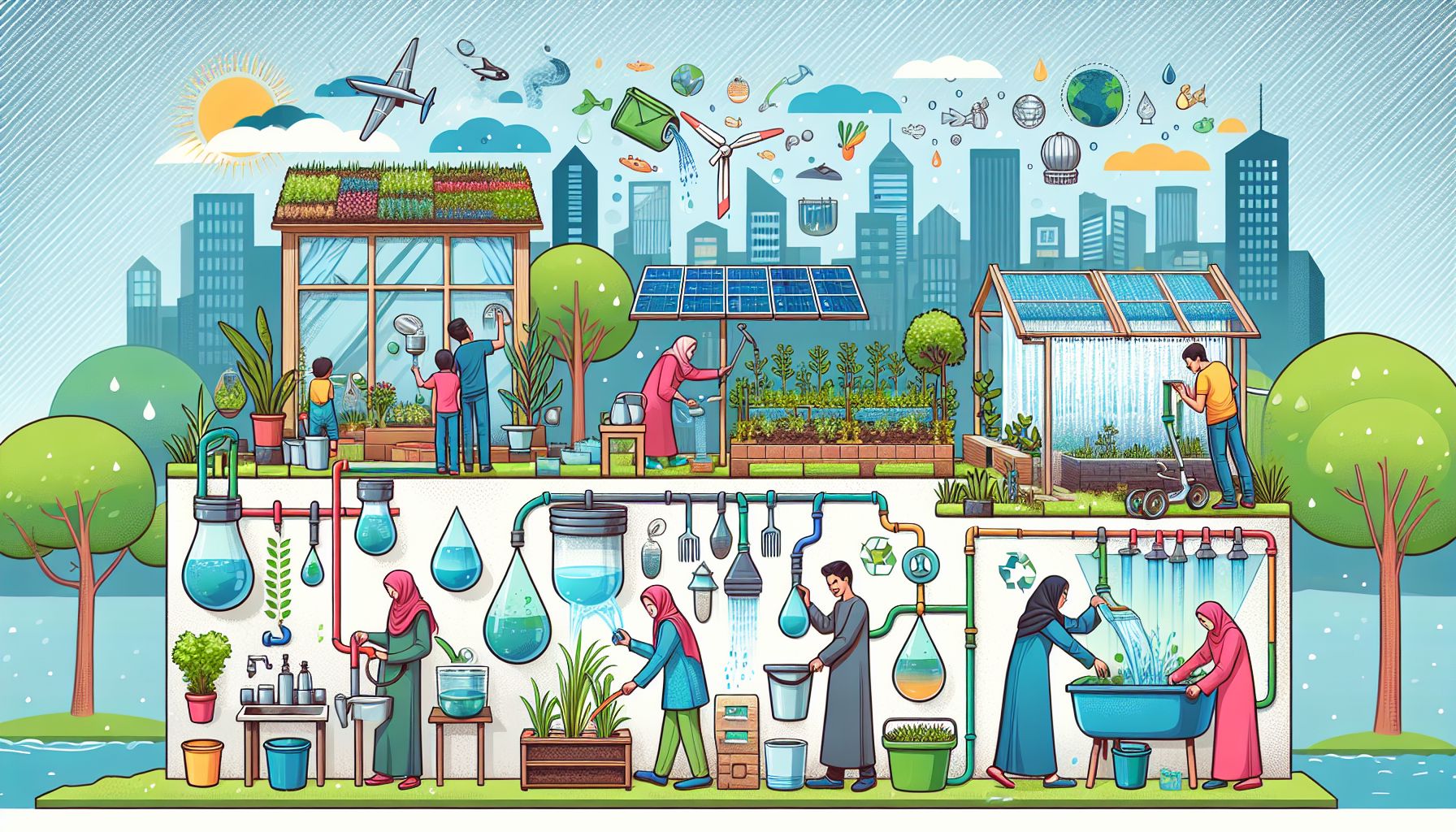In urban areas, water scarcity is a growing concern due to population growth, climate change, and increasing water pollution. Rainwater harvesting is a sustainable solution that can help urban households reduce their dependence on traditional water sources and conserve valuable freshwater resources. In this article, we will explore the benefits of rainwater harvesting and discuss various techniques that can be implemented in urban households to capture and store rainwater for various uses.
Benefits of Rainwater Harvesting
Rainwater harvesting offers several benefits for urban households and the environment as a whole:
-
Conservation of Freshwater Resources: By capturing rainwater, households can reduce their reliance on municipal water sources, which helps to conserve freshwater resources for future generations.
-
Cost Savings: Utilizing rainwater for non-potable uses such as gardening, laundry, and toilet flushing can help lower water bills and reduce overall water usage.
-
Flood Mitigation: Rainwater harvesting can help reduce stormwater runoff, thereby reducing the risk of flooding in urban areas.
-
Improved Water Quality: Rainwater is typically softer and less contaminated than groundwater or surface water, making it ideal for various domestic uses.
Techniques for Rainwater Harvesting
There are several techniques that urban households can implement to harvest rainwater effectively. Some of the most common techniques include:
-
Rain Barrels: Rain barrels are simple and cost-effective containers that can capture rainwater from roof gutters for outdoor uses such as watering plants and washing cars.
-
Rainwater Tanks: Larger rainwater tanks can store more water for household uses, such as laundry, toilet flushing, and irrigation. These tanks can be installed underground or above ground, depending on available space.
-
Green Roofs: Green roofs are designed to absorb rainwater, reduce stormwater runoff, and provide insulation for buildings. They can be a valuable addition to urban households looking to integrate rainwater harvesting into their infrastructure.
-
Permeable Pavements: Permeable pavements allow rainwater to seep through the surface and recharge groundwater. They are ideal for driveways, walkways, and patios in urban settings.
-
Rain Gardens: Rain gardens are landscaped areas that capture and filter rainwater before allowing it to infiltrate into the ground. They can be planted with native vegetation to enhance biodiversity and provide habitat for pollinators.
Conclusion
Rainwater harvesting is a sustainable practice that can help urban households reduce their water consumption, lower their water bills, and contribute to the conservation of freshwater resources. By implementing various rainwater harvesting techniques, urban residents can play a vital role in mitigating water scarcity and promoting water resilience in their communities.
Sources:
1. https://www.epa.gov/green-infrastructure/types-green-infrastructure
2. https://www.rainharvest.co.za/rainwater-harvesting/urban-rainwater-harvesting/
